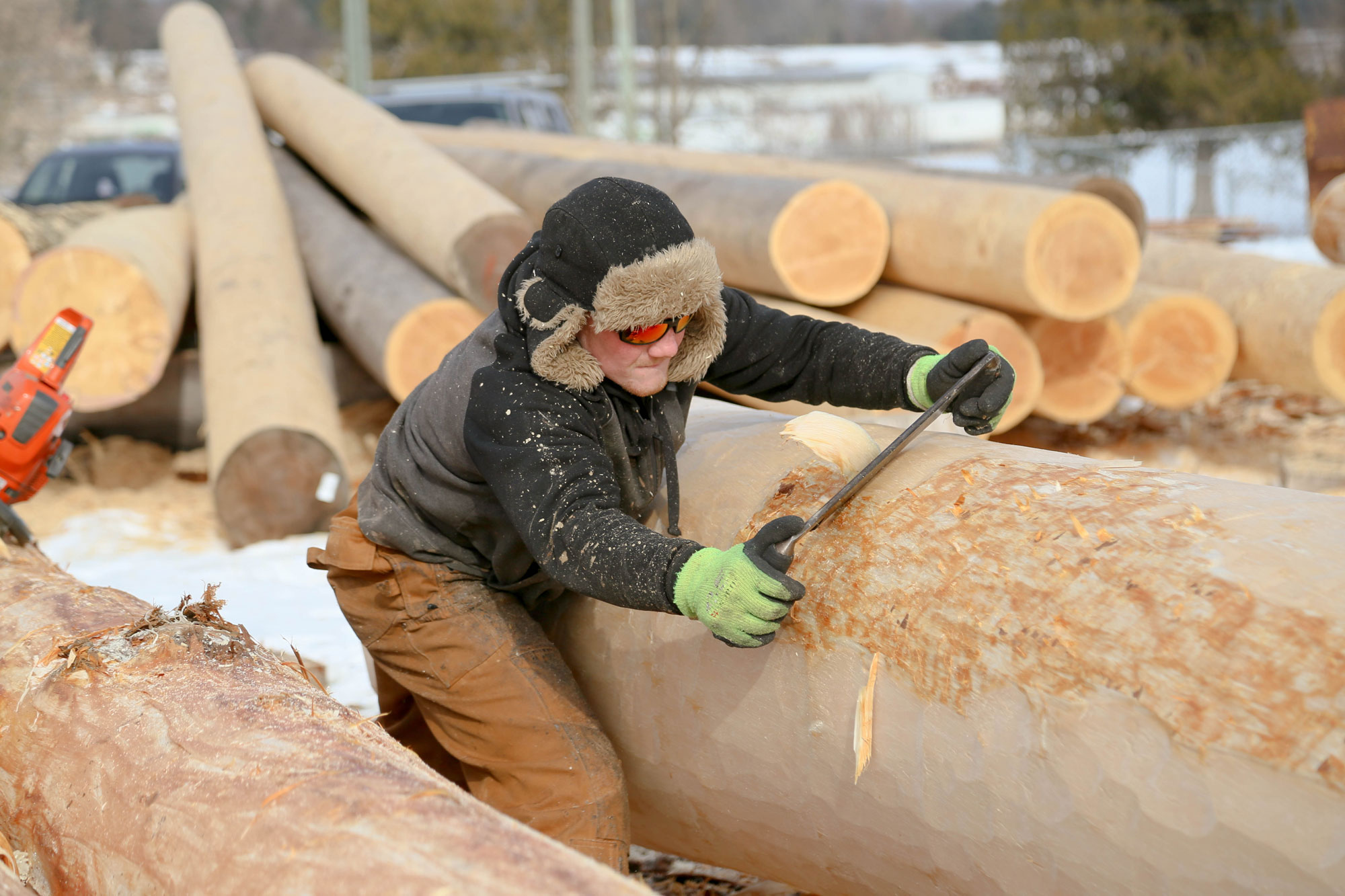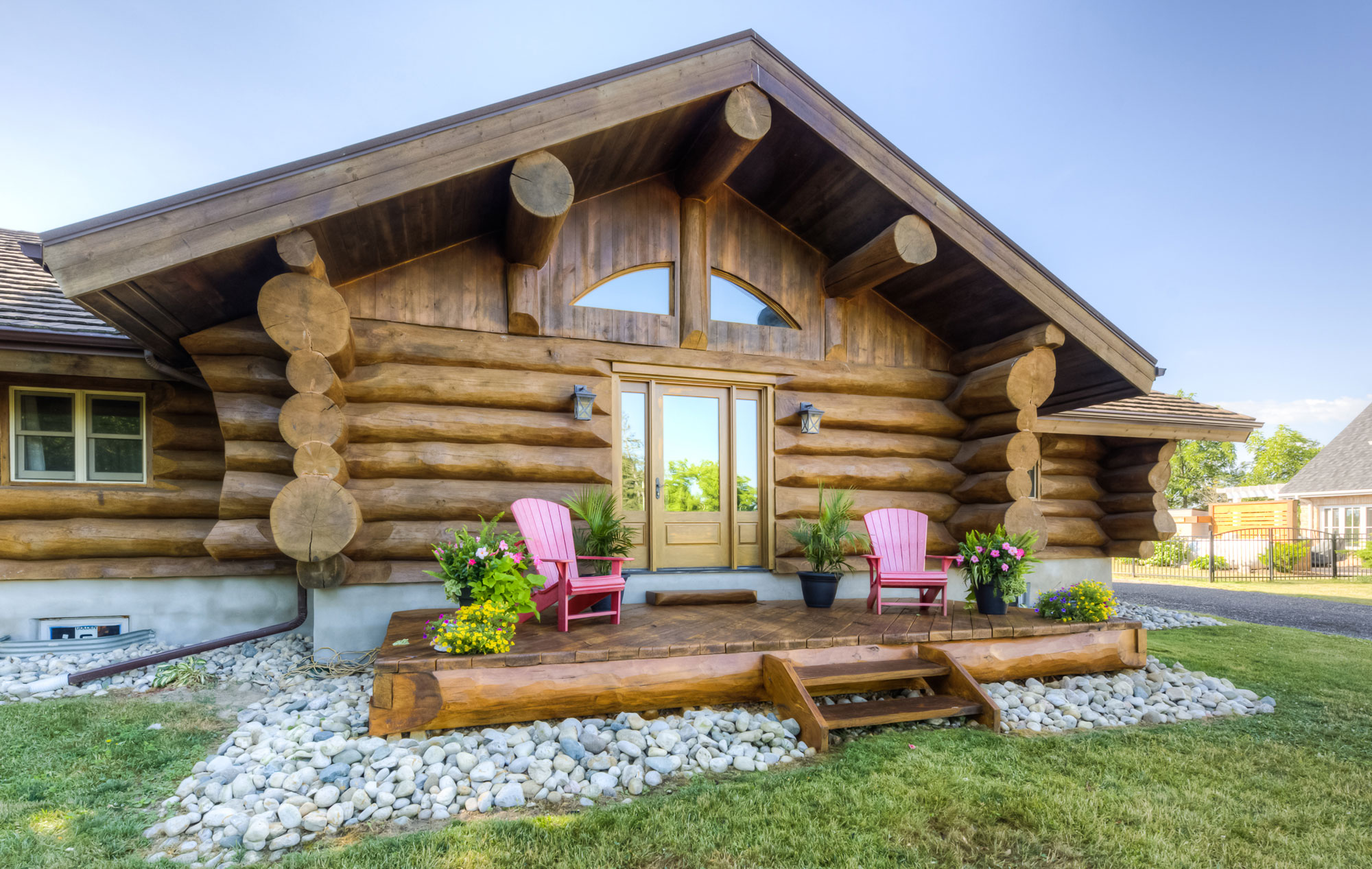When it comes to log homes, life expectancy can vary depending on several factors, such as the quality of the logs, the maintenance of the home, and the environmental conditions in which it is located. However, a well-built log home can last centuries with proper maintenance and care.
Maintenance is a crucial part of ensuring the longevity of your log home. It’s important to inspect your home regularly, check for signs of wear and tear, and repair any damages promptly. A well-maintained log home can last for generations and provide a beautiful and comfortable living space for you and your family.
Additionally, the environment in which your log home is located can affect its life expectancy. A log home in a dry climate will have a longer life expectancy than one in a humid or wet environment. Properly sealing and protecting your logs from the elements can help extend the life of your log home.

According to government websites, the life expectancy for most residential buildings (conventional houses built with conventional materials) is between 70 to 100 years. That is a shadow compared with log buildings’ 600+ year life expectancy.
Moreover, there are villages in Sweden where many 700-year-old log structures are still in use today. And then, considering the organic nature of the material, the logs return to the earth in the form of compost at the end of the life of a log home.
At Laverty Log Homes & Timber Frames, our hand-picked timber is carefully peeled with hand tools to preserve the natural, sustainable tree and its structural integrity.
A well-built and well-maintained log home can last for centuries. With proper care and attention, your log home can provide a beautiful and comfortable living space for you and your family for generations to come.

If you are considering building a log or timber home, we invite you to explore our website to learn more about our commitment to sustainability, responsible harvesting, and industry-leading construction practices.


